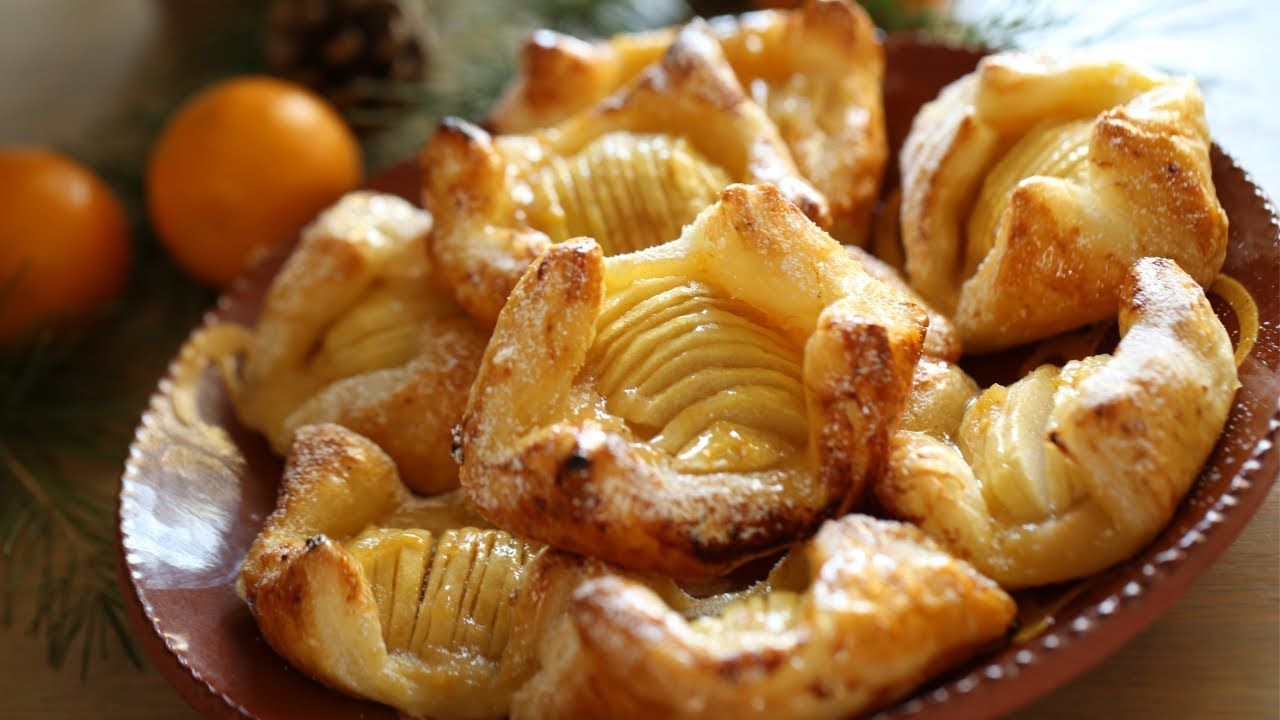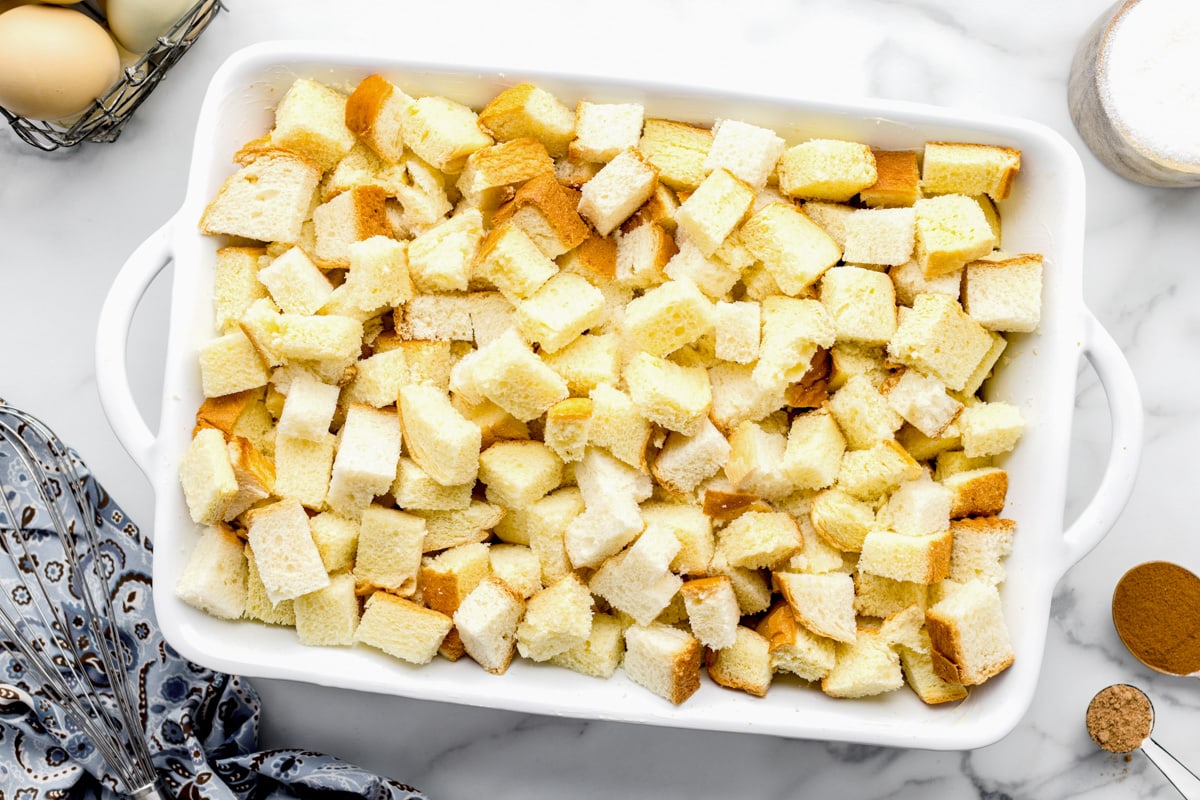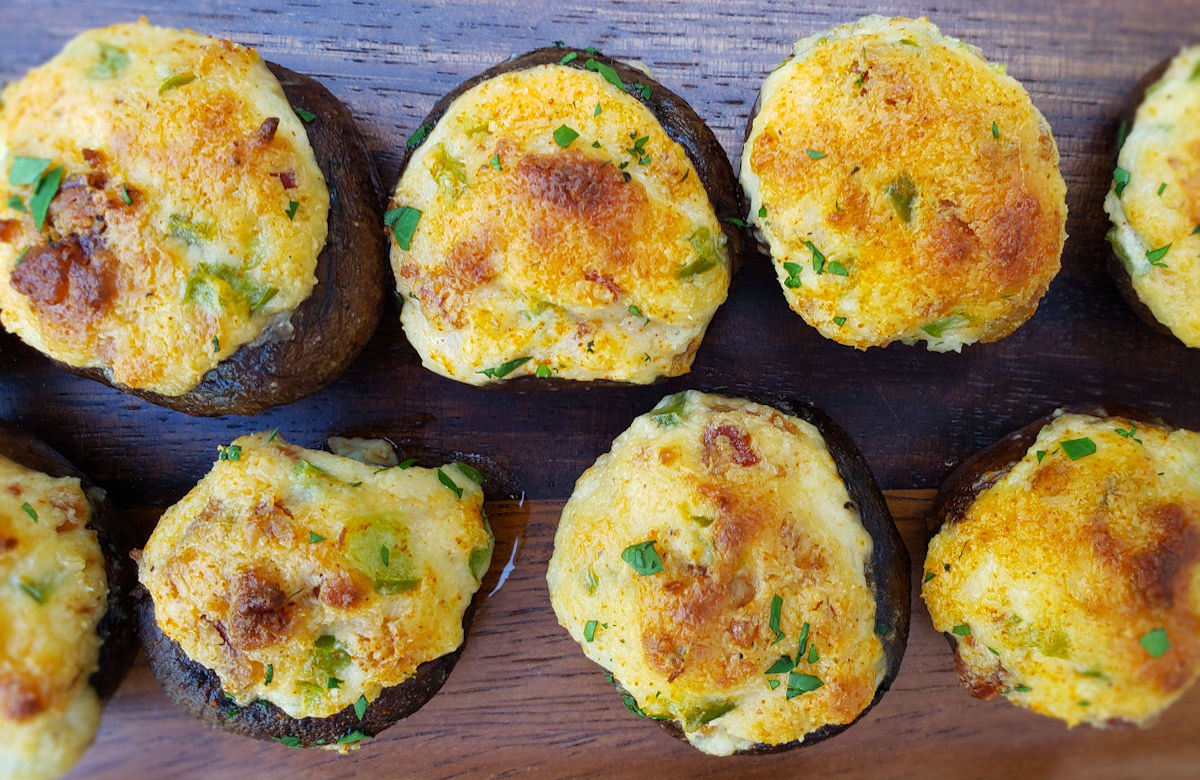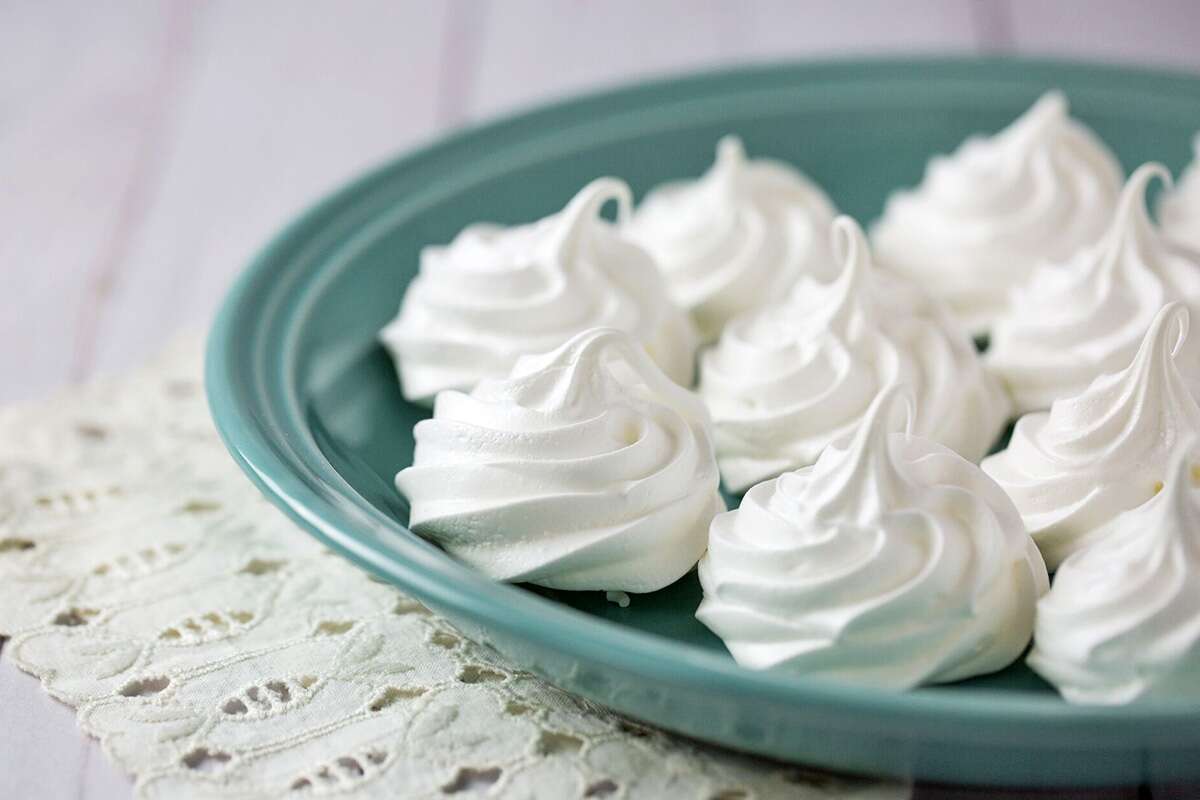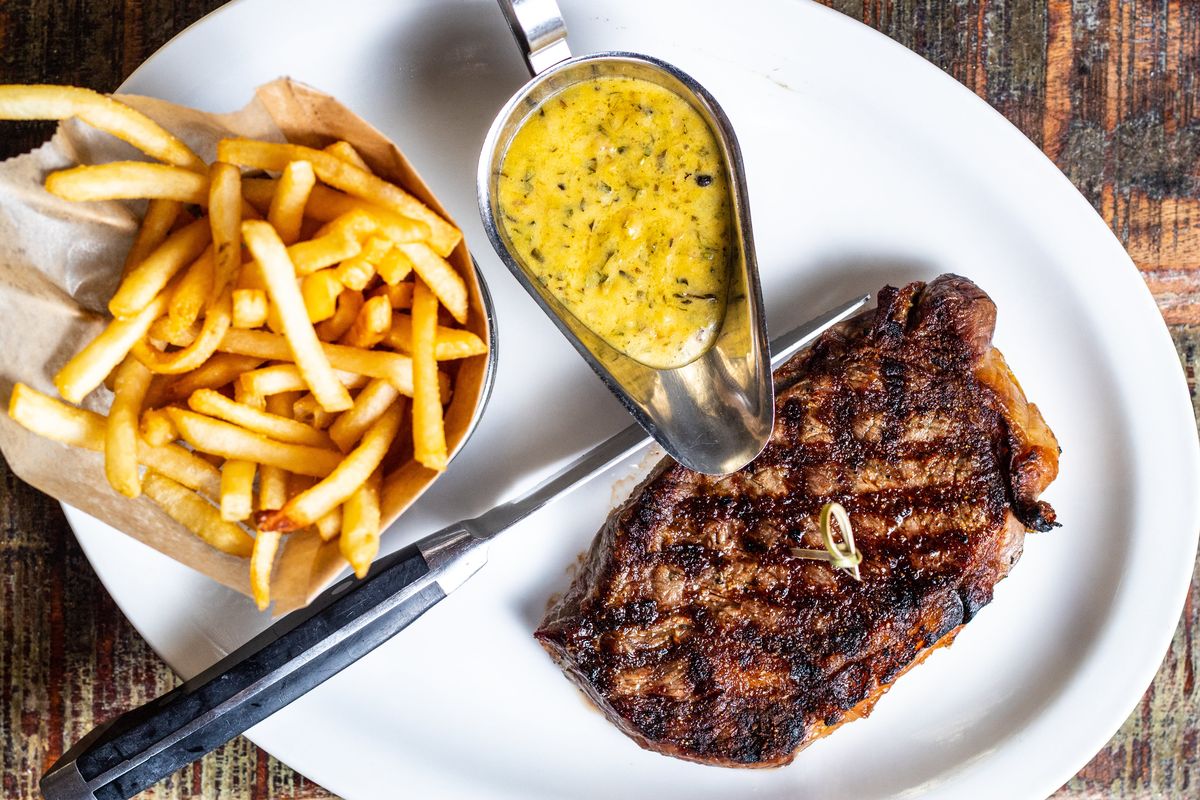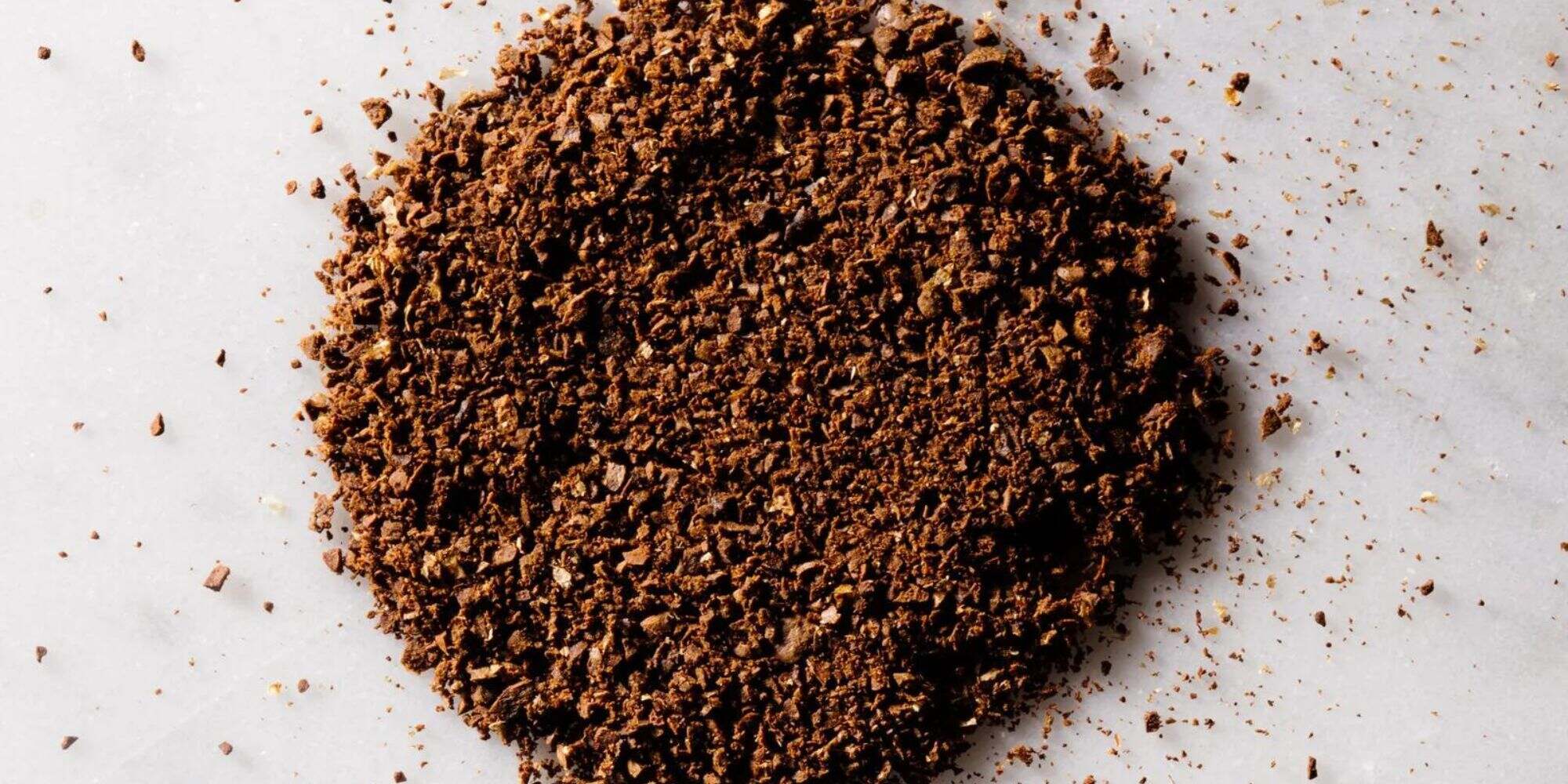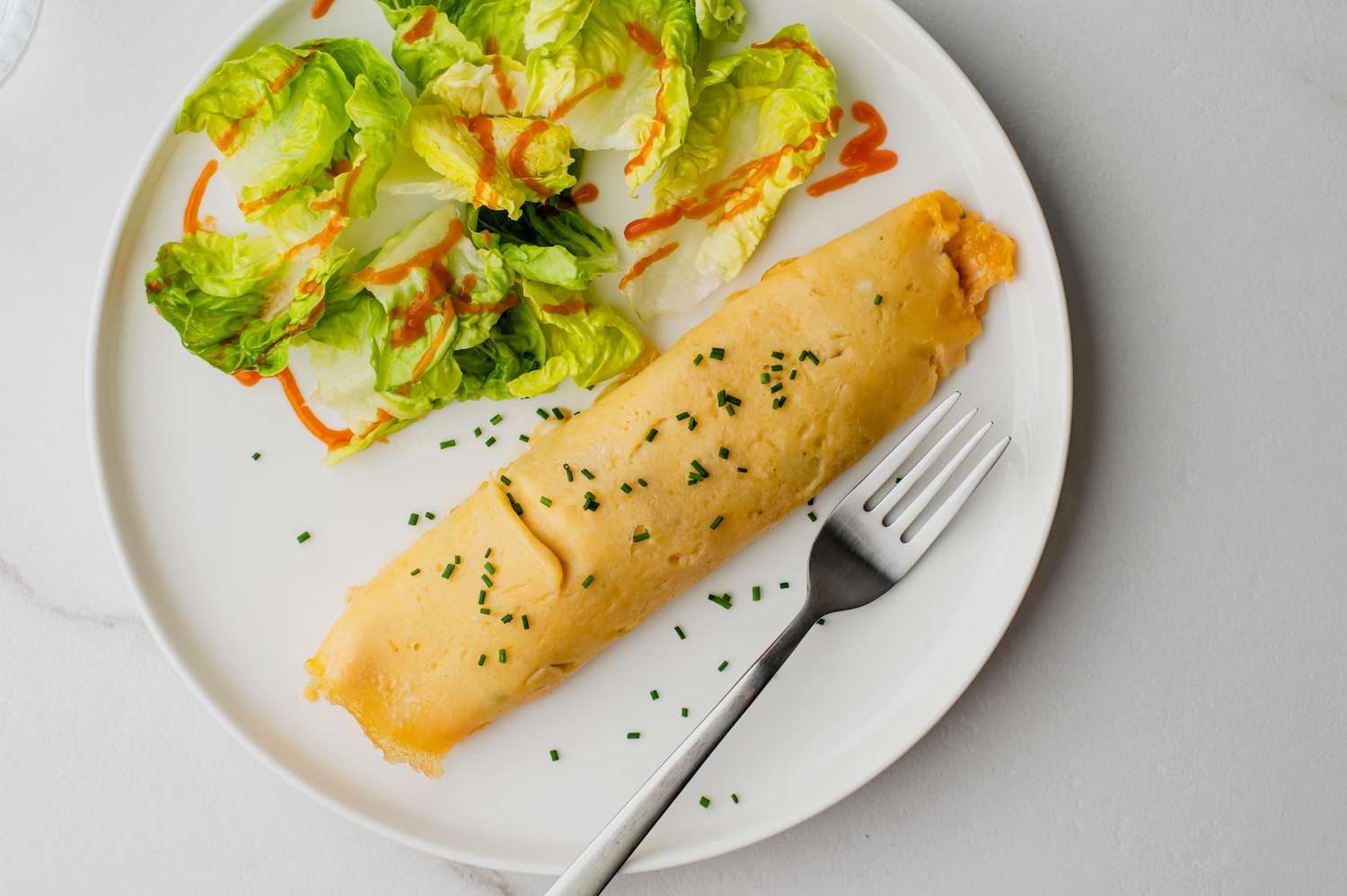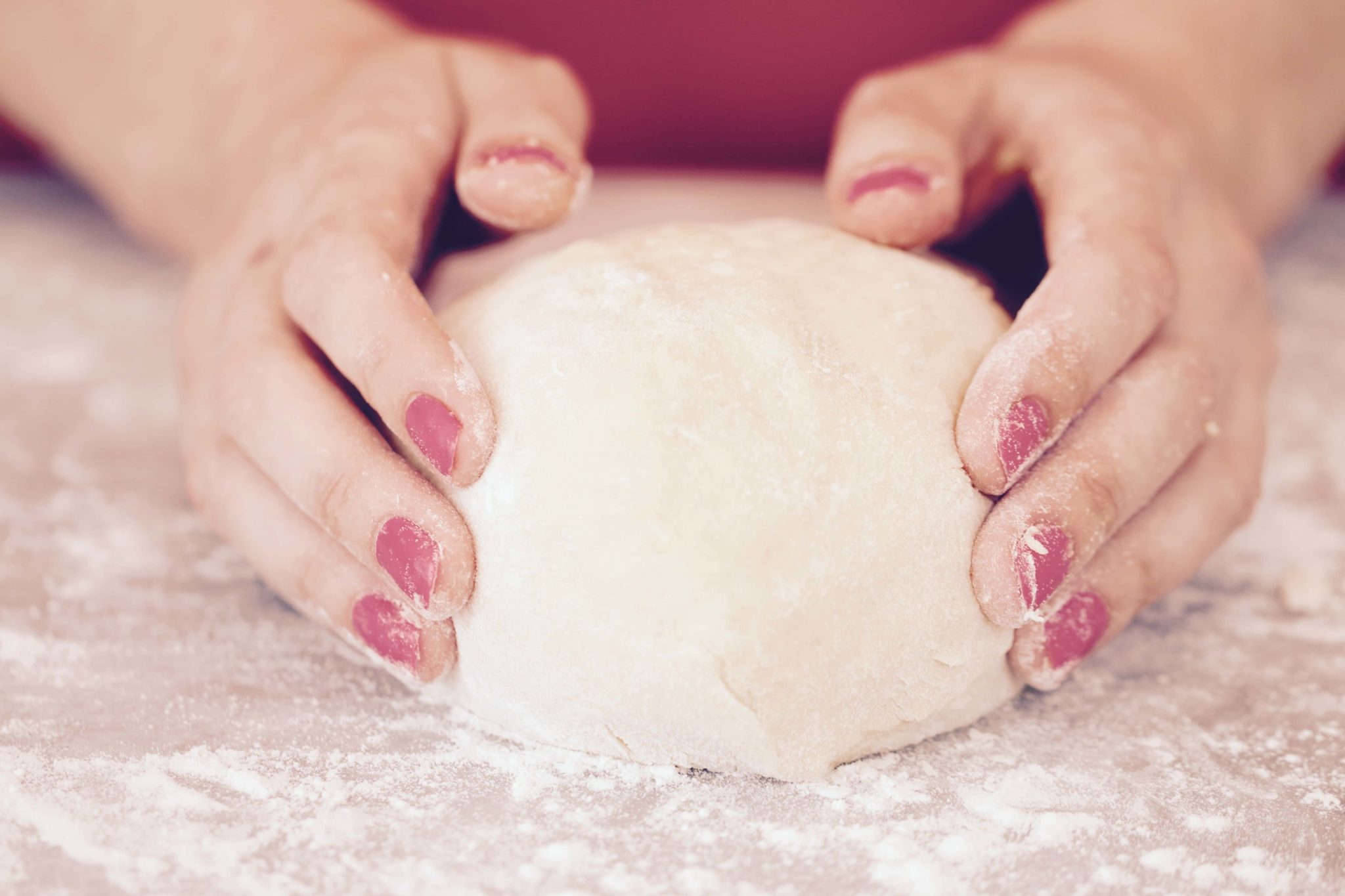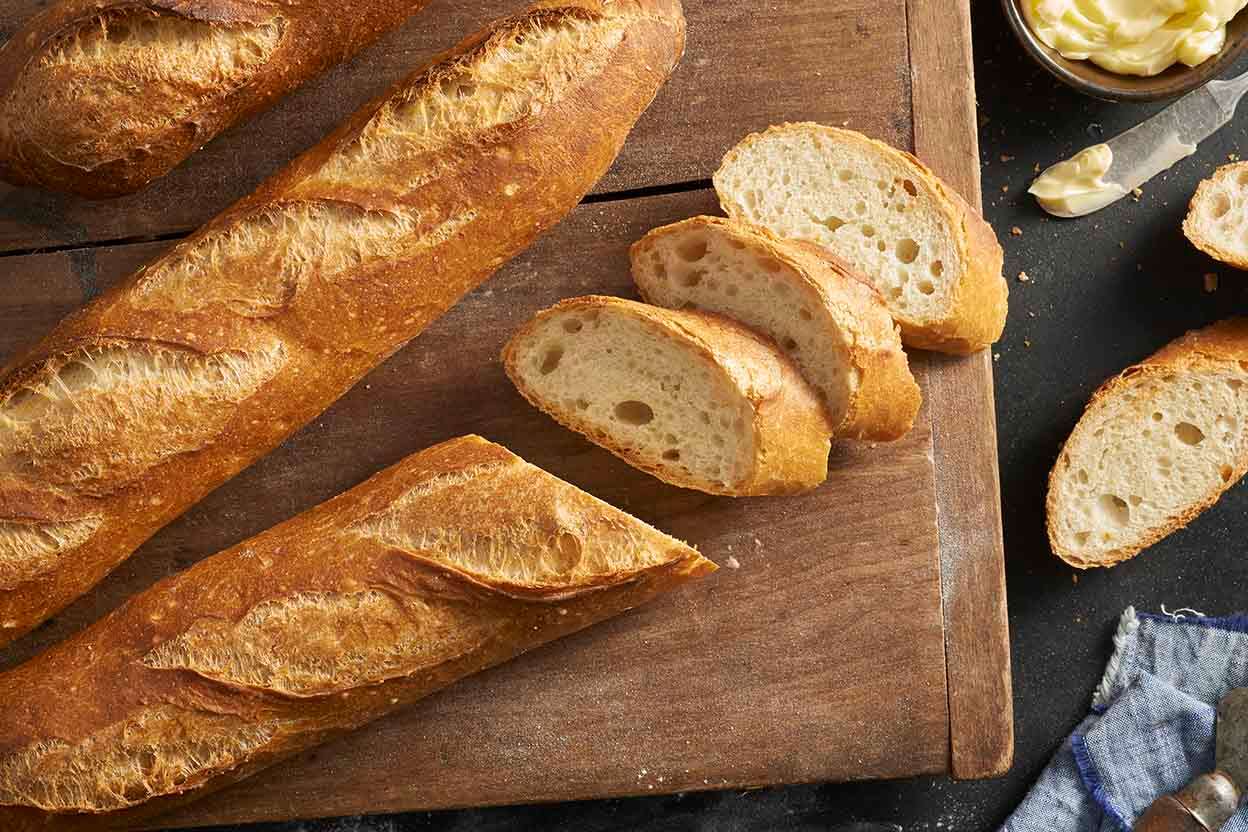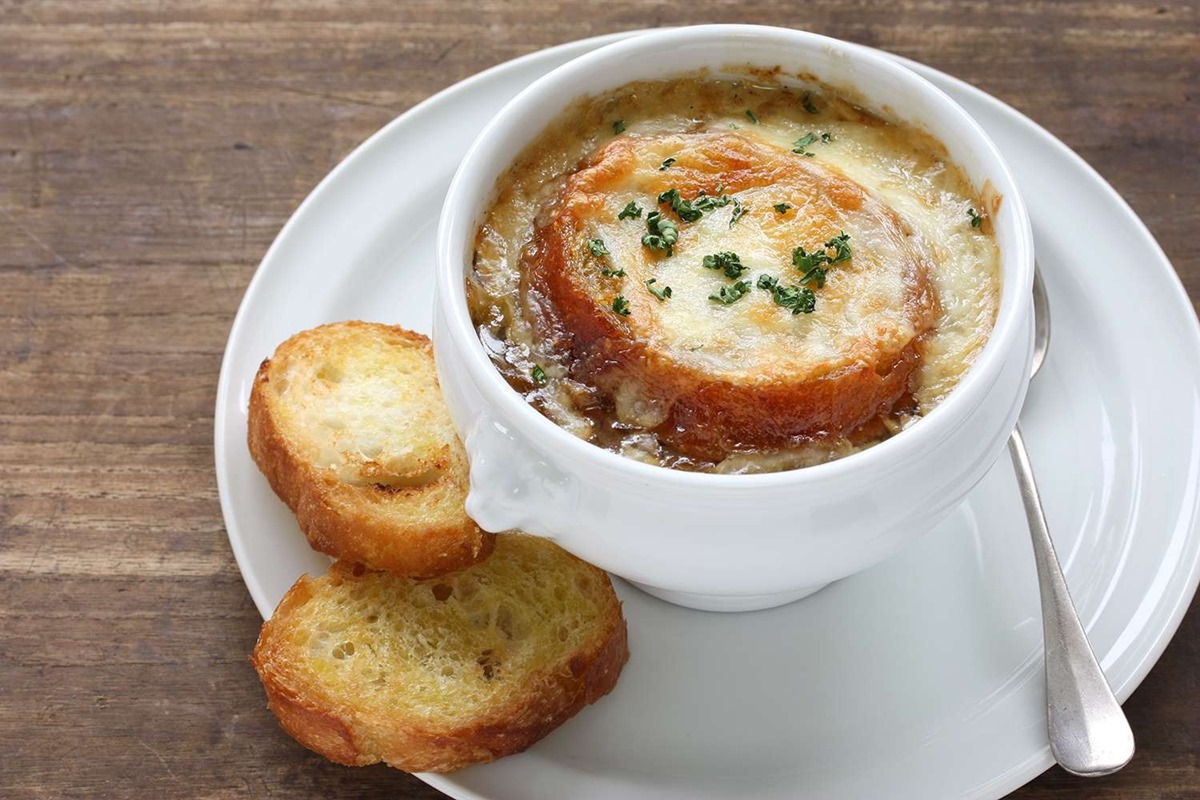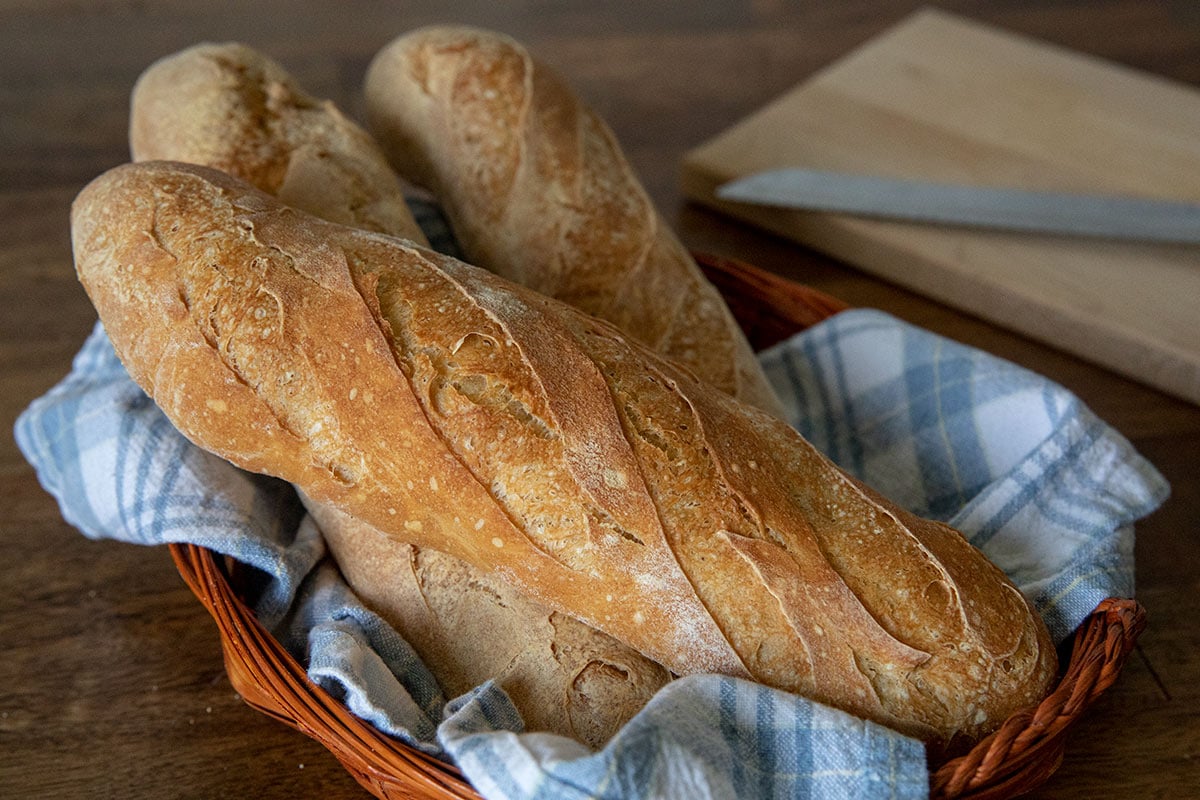French toast is a breakfast favorite that combines simplicity with deliciousness. With just a few ingredients—bread, eggs, milk, and a touch of cinnamon—you can create a morning masterpiece. Whether you prefer it crispy or soft, mastering this dish is all about technique. The right bread, soaking time, and cooking temperature make all the difference. Perfect for a lazy weekend or a special brunch, French toast can be customized with toppings like fresh fruit, syrup, or powdered sugar. Ready to elevate your breakfast game? Let's dive into the steps to make the perfect French toast every time.
Essential Ingredients for French Toast
Mastering the Art of French Toast
- 4 slices of bread (preferably thick-cut or brioche)
- 2 large eggs
- 1/2 cup milk (whole or any preferred type)
- 1 tsp vanilla extract
- 1/2 tsp ground cinnamon
- 1 tbsp sugar (optional)
- Pinch of salt
- Butter or oil for cooking
- Maple syrup or powdered sugar for serving
- Fresh berries or fruit (optional)
- Whipped cream (optional)
Tools You Need for Mastering the Art of French Toast
- Non-stick skillet or griddle
- Spatula
- Whisk
- Mixing bowls
- Measuring cups and spoons
- Bread knife
- Plate for serving
Use stale bread for French toast. It absorbs the egg mixture better, resulting in a richer flavor and crispier texture. Fresh bread can become too soggy during cooking.
Why Make French Toast?
French toast is a delicious way to use up stale bread. Soaking slices in a mixture of eggs, milk, and spices transforms them into a rich, flavorful breakfast. This dish also allows for creativity with toppings like fruit, syrup, or whipped cream.
Step-by-Step Guide to Mastering the Art of French Toast
Mastering the Art of French Toast
Ingredients:
- Bread (preferably brioche or challah)
- Eggs
- Milk
- Vanilla extract
- Cinnamon
- Nutmeg
- Salt
- Butter
- Maple syrup or powdered sugar for serving
Step-by-Step Guide:
-
Prepare the Batter:
- Crack eggs into a large bowl.
- Add milk to the bowl.
- Pour in a splash of vanilla extract.
- Sprinkle in cinnamon and a pinch of nutmeg.
- Add a small pinch of salt.
- Whisk everything together until well combined.
-
Slice the Bread:
- Cut the bread into thick slices, about 1 inch thick.
- If using brioche or challah, ensure the slices are even.
-
Soak the Bread:
- Dip each slice of bread into the batter.
- Let the bread soak for a few seconds on each side.
- Ensure the bread is fully coated but not too soggy.
-
Heat the Pan:
- Place a non-stick skillet or griddle on medium heat.
- Add a small amount of butter to the pan.
- Allow the butter to melt and coat the surface evenly.
-
Cook the French Toast:
- Place the soaked bread slices onto the hot pan.
- Cook for about 2-3 minutes on each side.
- Flip the bread when it turns golden brown.
- Ensure both sides are evenly cooked and crispy.
-
Serve:
- Remove the French toast from the pan.
- Place on a serving plate.
- Drizzle with maple syrup or sprinkle with powdered sugar.
- Add fresh berries or a dollop of whipped cream if desired.
-
Enjoy:
- Serve immediately while hot.
- Pair with a cup of coffee or orange juice.
Tips:
- Use day-old bread for better absorption.
- Adjust cinnamon and nutmeg to taste.
- Experiment with different toppings like honey, jam, or chocolate spread.
- For a richer flavor, use half-and-half instead of milk.
- Ensure the pan is not too hot to avoid burning the butter.
Storage:
- Store leftover French toast in an airtight container.
- Reheat in a toaster oven or microwave.
Variations:
- Add a splash of orange zest to the batter for a citrus twist.
- Mix in a tablespoon of sugar for a sweeter batter.
- Substitute almond milk for a dairy-free option.
Perfecting Your French Toast
Mastering French toast isn't rocket science. With the right ingredients and a few techniques, anyone can whip up a delicious breakfast. Start with thick slices of bread, preferably a day old. This helps absorb the custard mixture without falling apart. Mix eggs, milk, a bit of sugar, and a dash of vanilla for a rich, flavorful base. Soak the bread just long enough to absorb the mixture but not too long to get soggy.
Cook on a medium-hot griddle or skillet with a bit of butter until golden brown. Serve with your favorite toppings like maple syrup, fresh berries, or a dusting of powdered sugar. Remember, practice makes perfect. The more you make it, the better you'll get. Enjoy your homemade French toast and impress your family and friends with your culinary skills!
Frequently Asked Questions About French Toast
What type of bread works best for French toast?
Brioche, challah, and French bread are top choices. They soak up the egg mixture without getting too soggy. Day-old bread works best since it's a bit drier and holds up better.
How do I make the egg mixture?
Whisk together eggs, milk, a bit of sugar, and a pinch of salt. You can also add a splash of vanilla extract and a sprinkle of cinnamon for extra flavor.
Should I use butter or oil for cooking?
Butter gives French toast a rich flavor, but it can burn quickly. A mix of butter and a bit of oil helps prevent burning while still giving that buttery taste.
How do I prevent French toast from being soggy?
Make sure the bread isn't too fresh and don't soak it too long in the egg mixture. Cook on medium heat so the inside cooks through without burning the outside.
Can I make French toast ahead of time?
Yes, you can! Cook the French toast, let it cool, then freeze it in a single layer. Reheat in the oven or toaster for a quick breakfast.
What are some tasty toppings for French toast?
Classic choices include maple syrup, powdered sugar, and fresh fruit. You can also try whipped cream, nut butter, or even a drizzle of chocolate sauce for a decadent treat.
Is there a dairy-free option for French toast?
Absolutely! Use almond milk, soy milk, or any other plant-based milk instead of regular milk. You can also use coconut oil instead of butter for cooking.
